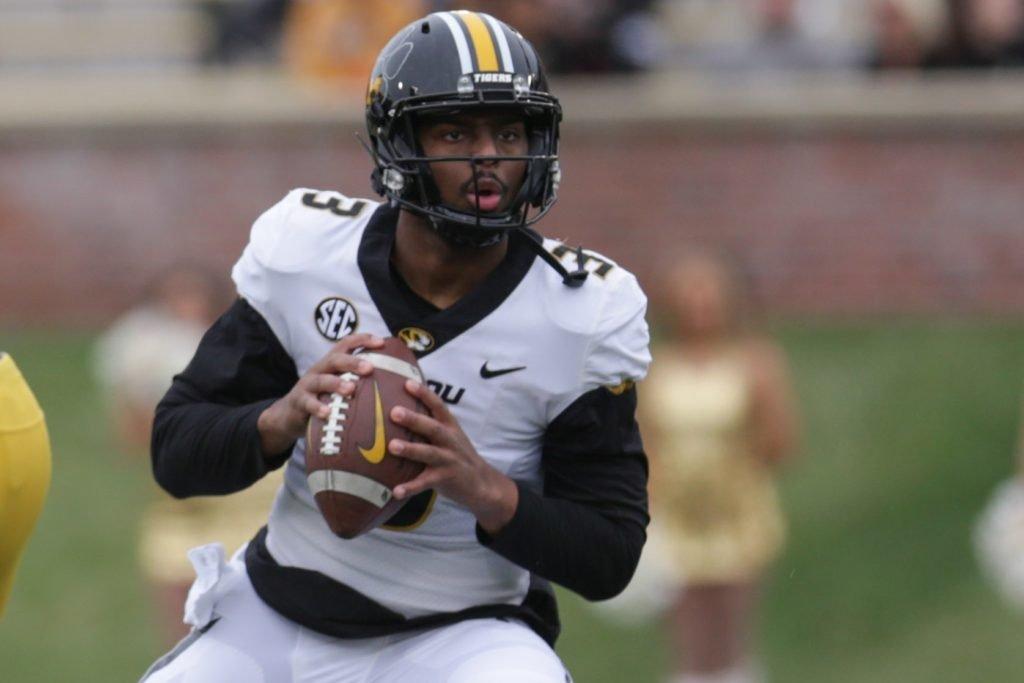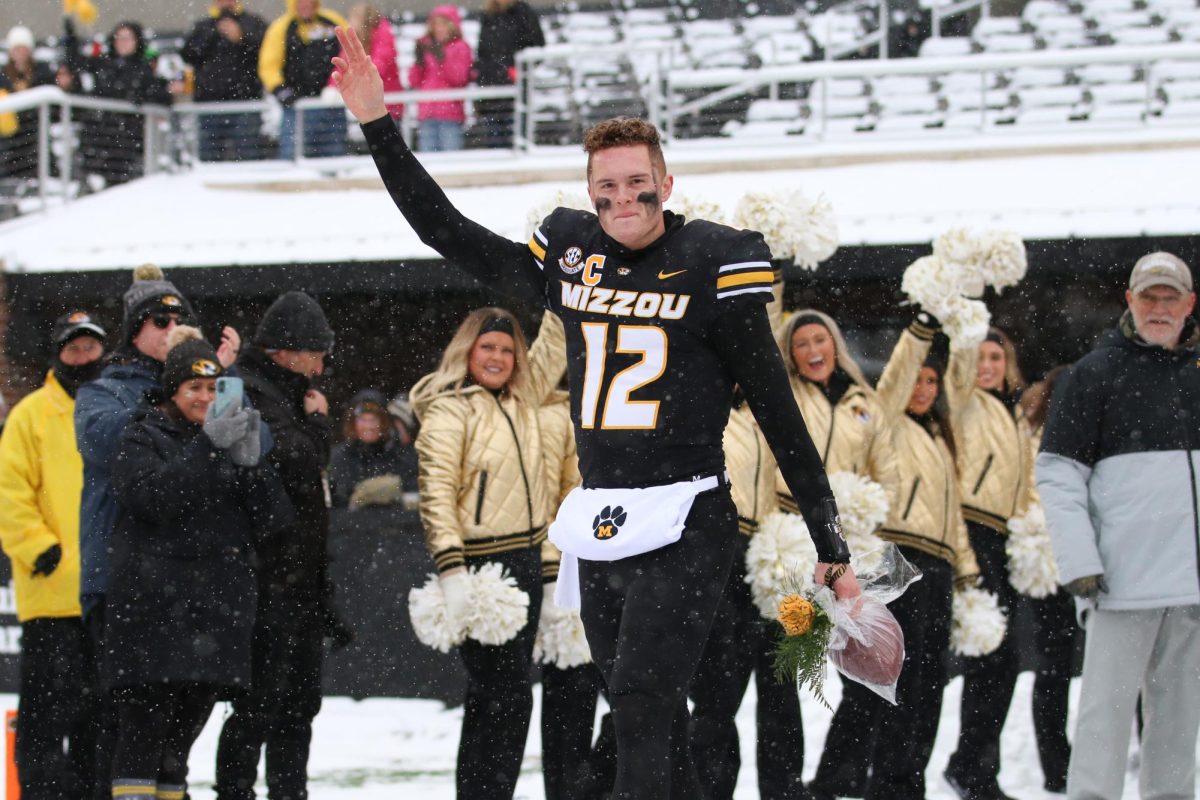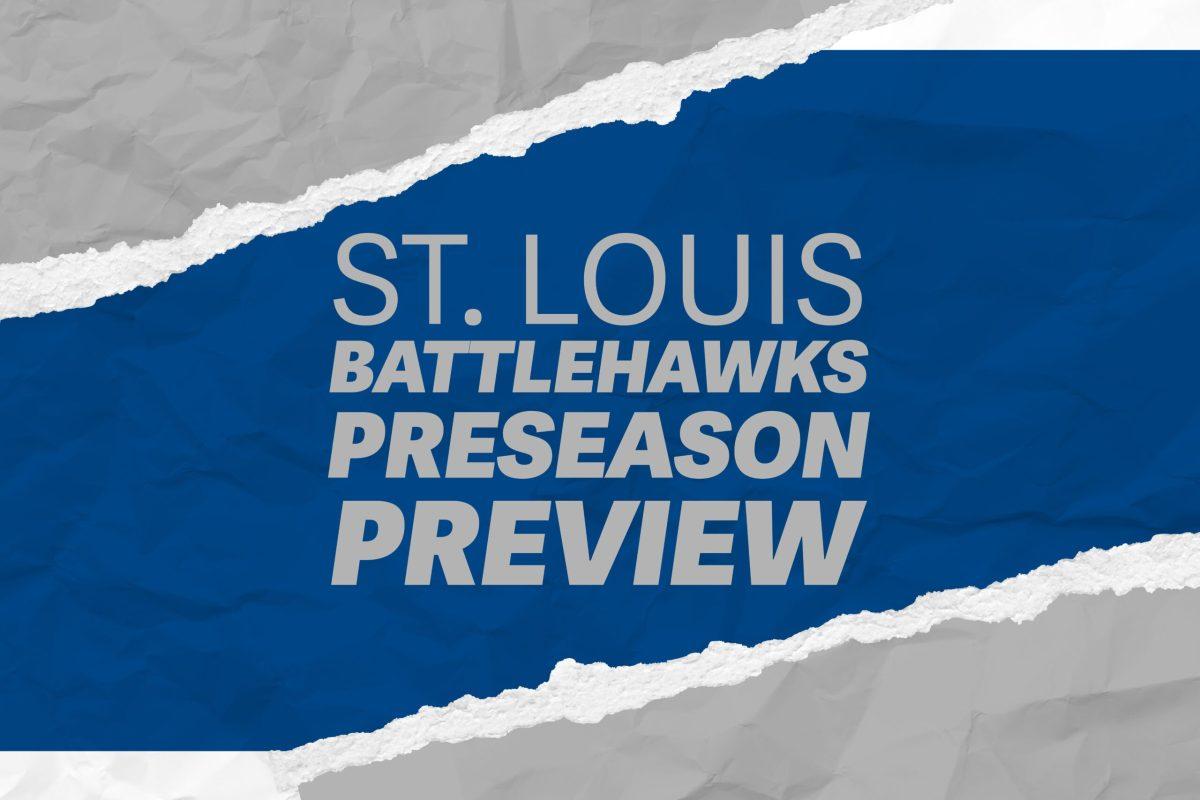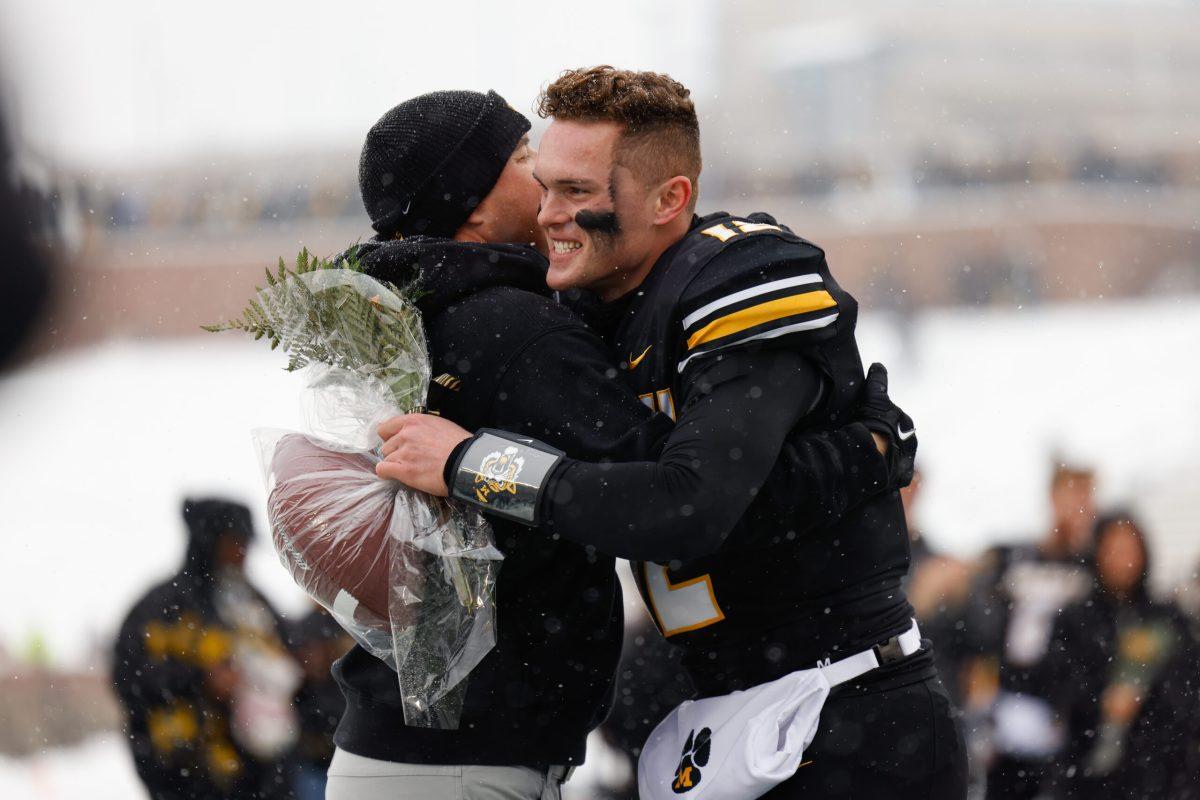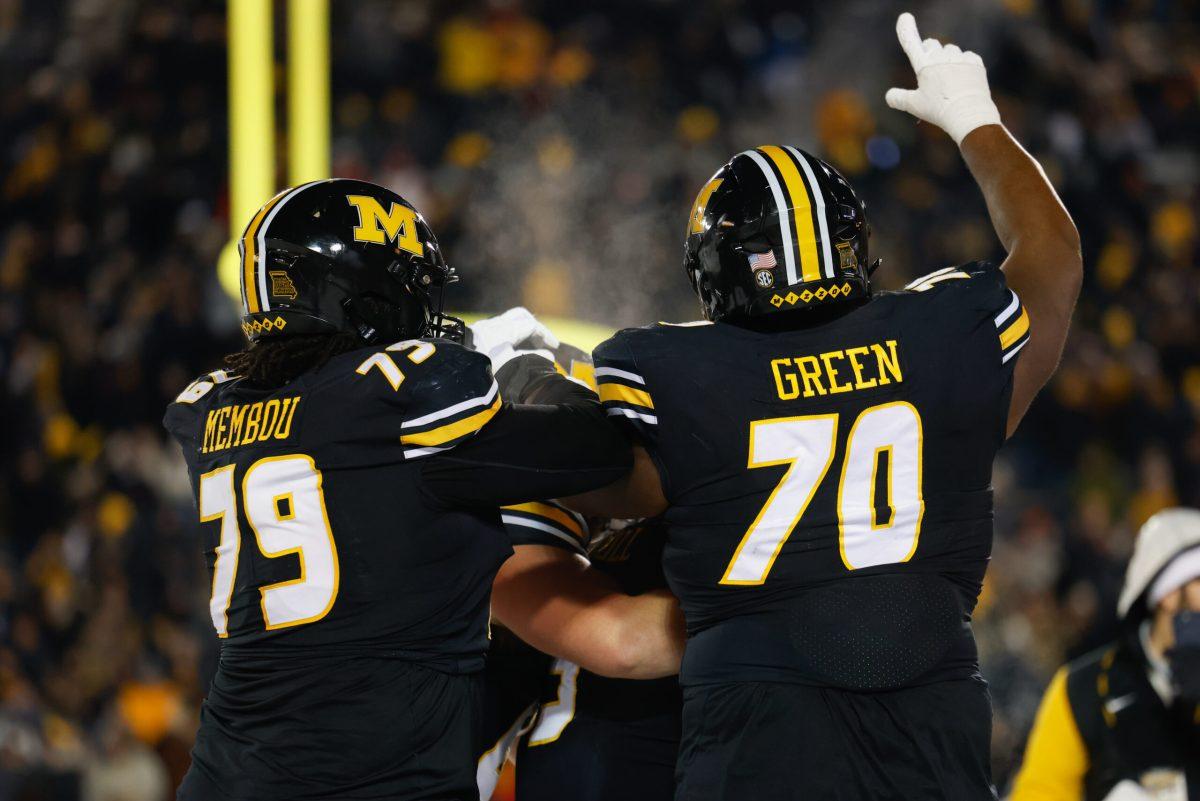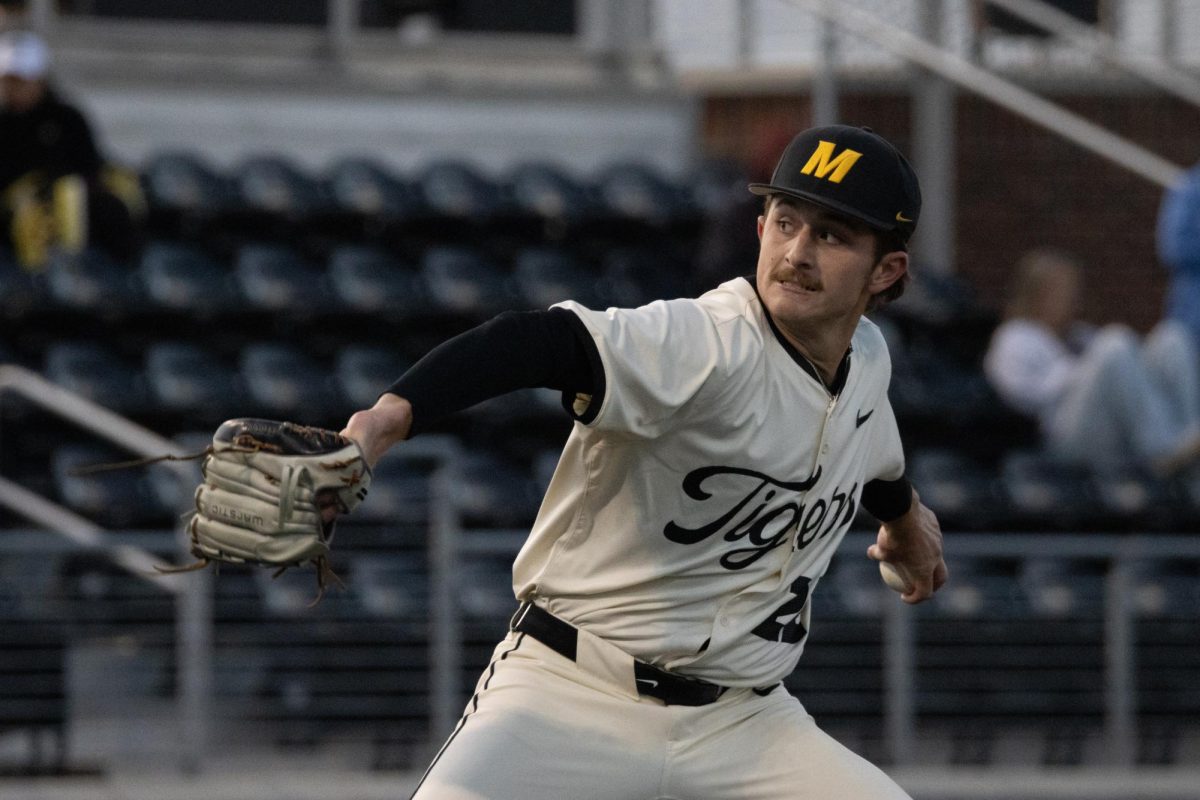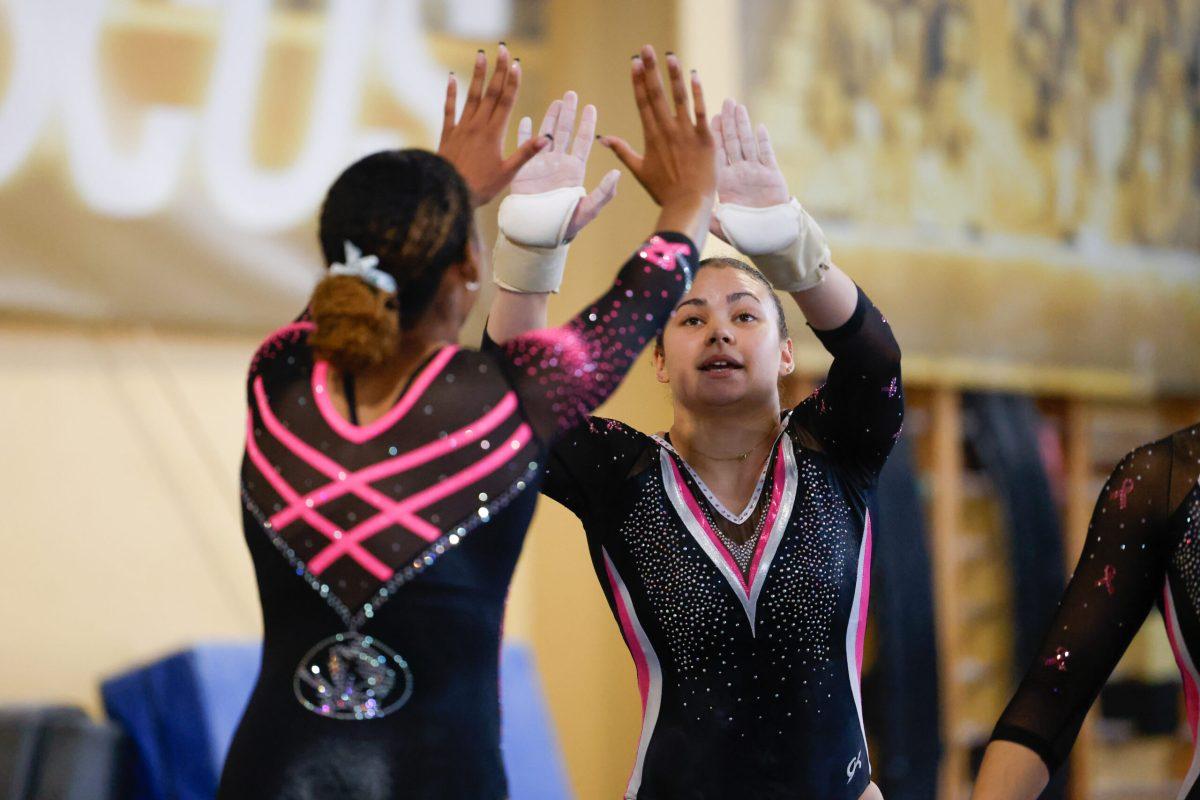Amid all the uncertainty surrounding the 2020 college football season, there’s one particular source of on-field intrigue for Missouri: Who will be the Tigers’ starting quarterback come Sept. 5.
“That, to me, is probably the biggest question mark on our football team right now,” coach Eliah Drinkwitz told reporters on June 17.
Missouri has four quarterbacks on the roster: redshirt junior Shawn Robinson, who sat out the 2019 season after transferring from Texas Christian University; redshirt junior Taylor Powell, who made six appearances and one start in 2019; redshirt freshman Connor Bazelak, who made three appearances but tore his ACL in his lone start; and true freshman Brady Cook. Junior college transfer Jack Samsel isn’t listed on the official roster.
Of that bunch, three quarterbacks seem to have a shot at the starting role. Robinson is the consensus favorite so far, while Powell and Bazelak’s experience with the Tigers puts them in contention, too.
After only three spring practices, Drinkwitz doesn’t have much material to evaluate. And without a spring game, there isn’t much for the public to consider, either.
To assemble in-depth scouting reports, _The Maneater_ chatted with Austyn Carta-Samuels, who served in a variety of roles with the Missouri program under Barry Odom. He worked heavily on quarterback development with the current crop of potential QBs and their predecessors, Kelly Bryant and Drew Lock. Outside of the coaches on the Tigers’ current staff, Carta-Samuels is perhaps the most familiar with Missouri’s quarterback prospects.
_The Maneater_ also dove into film and scoured stats to determine what each quarterback brings to the table.
As the favorite to win the post, redshirt junior Shawn Robinson is up first.
###Path to Missouri###
Robinson arrived from TCU before the 2019 season. His waiver for immediate eligibility was denied by the NCAA, so he spent the season running the scout team offense during practices. Even if he had been able to play, graduate transfer Kelly Bryant was the clear first choice at QB.
In high school, Robinson was Texas’ Gatorade Player of the Year in 2016, leading Dallas-area powerhouse DeSoto High School to an undefeated season, state championship and national No. 2-ranking.
Robinson enrolled early at TCU and was a backup for Kenny Hill on a top-ten ranked team during his freshman year in 2017.
As a sophomore, Robinson began the 2018 season as TCU’s starter. The Horned Frogs opened the year at No. 16 in the AP Poll but struggled, finishing 7-6.
###The 2018 Season###
Robinson last took a snap well over a year and a half ago, during that 2018 season.
The year didn’t go any more smoothly for him than it did his team: He dislocated his left (non-throwing) shoulder against Iowa State in Week 5 (below). Robinson tried to play through the injury for two games, but was pulled out of TCU’s Week 7 game against Oklahoma and underwent shoulder surgery shortly after.
In 2018, Robinson threw 204 passes, completing 60.8% of them for 1,334 yards, nine touchdowns and eight interceptions. He also ran for 230 yards and three TDs.
The Maneater revisited TCU’s 2018 season, watching all of Robinson’s snaps from the Horned Frogs’ games against Ohio State, Texas, Iowa State, Texas Tech and Oklahoma.
Rushing
Immediately, one thing sticks out about Robinson: he’s a true dual-threat quarterback.
“He has a natural knack for how to run the football once he turns into a runner,” Carta-Samuels said. “That’s very rare at quarterback.”
Outside of mobility in the pocket and the ability to scramble for positive yardage, that opens up designed quarterback runs or read-option plays for the Missouri offense.
Carta-Samuels said Robinson is “extremely comfortable” with read-zone and read-option plays — when the quarterback reads a defensive end to determine whether to hand the ball off keep it for himself.
“It’s bread and butter for him,” Carta-Samuels said.
Take a look at a play from TCU’s 2018 game against Ohio State for an example.
Robinson sees the Buckeyes’ defensive end (No. 97) bite inside, so he pulls the ball out and runs it himself. From there, his running ability gets him a first down.
Reading defenses also sets up run-pass-options (RPOs), which is more of a challenge.
“The RPO game at TCU is far more perimeter-oriented — just get the ball out of your hands and throw it to the sides,” Carta-Samuels said. “Now he’s having to read second-level defenders a lot more. That RPO thing is just going to come with growth. He was doing really well with it.”
Passing
A significant part of what Robinson was asked to do at TCU involved short throws — those perimeter-oriented plays, mainly swing routes and wide receiver screens. According to Sports Info Solutions’ air yardage data, more than a quarter of Robinson’s throws were behind the line of scrimmage while more than half were to targets within 10 yards.
Overall, Robinson’s accuracy is comparable to that of Bryant and Lock.
In 2018, Robinson completed about 61% of his passes with 73% on target. Bryant completed 62% (76% on target) in 2019 and Lock completed 63% (76% on target) in 2018.
Close range certainly seems to be where Robinson has a statistical edge, completing about five percent more passes within ten air yards than Bryant or Lock.
But on deeper throws (20+ air yards), Robinson completed 29% with 42% on target. Bryant completed 39% (57% on target) and Lock completed 42% (68% on target).
Game film from the 2018 season shows that Robinson can clearly through downfield, though. Take a look at one pass from that game against Ohio State:
With two defensive linemen onrushing, Robinson gets some air under the ball and puts it in the perfect place for his receiver to catch on the run: away from the defenders and.
Of course, there were throws that weren’t quite that pretty.
This throw, from TCU’s game against Iowa State, comes from a similar enough situation that it’s worth comparing these two plays. In this one, Robinson’s throw ends up too short to hit the receiver in stride, which forces the receiver to stop and fight for the ball (a fight he loses, as the defender is able to catch up).
What’s the difference between the two throws? Watch a side-by-side view of Robinson throwing (Ohio State completion on the left, Iowa State incompletion on the right) and see if you notice anything.
In the Iowa State (right side) throw, Robinson looks like he’s nearly falling backward while throwing. When he releases the ball, all of his weight is on his back/right leg. That produces more of a lob, which will take longer to get to the receiver — allowing a defender to recover — and often end up short.
By comparison, the Ohio State (left side) throw looks fairly textbook: Robinson steps into the throw, meaning his momentum is moving forward and he can shift power into the throw.
Footwork, like that example, is something Carta-Samuels and Robinson worked on during the 2019 season.
“With his footwork, as an athletic quarterback — which is what he is — that can also throw the ball extremely well … you rely on your athleticism a lot more,” Carta-Samuels said. “And when you rely on your athleticism a lot more, you tend to be on your toes in the pocket rather than on your full feet.”
Carta-Samuels’ work with Robinson focused on creating more of a secure base.
“He’s now very foundationally driven, connected to the ground through his footwork,” the coach said. “We did that just by de-emphasizing the need to reach back. There’s no need to get back in the pocket — we’re in shotgun, we’re already five yards (back).”
Looking through Robinson’s 2018 stats, one point of concern is the number of interceptions he threw (eight), especially when compared to touchdowns (nine). That ratio (1.125) is half of Bryant’s 2.5 in 2019 and significantly less than Lock’s 3.5 in 2018.
Let’s dissect one of the picks, from the game against Texas:
It’s relatively easy to follow Robinson’s progressions here.
TCU’s three receivers create a mismatch on that left side. Based on the movement of Robinson’s helmet and his pump fake, it seems safe to say that No. 4 was the first target. While Robinson could still complete that throw, he wisely doesn’t, because that receiver would’ve been hit immediately for a loss.
But here’s the mismatch: No. 1 (2020 first-round pick Jalen Reagor) is wide open just a few yards farther down the sideline. It isn’t until Reagor is 10-ish yards downfield that Robinson seems to decide he wants to throw to him, though. Reagor is still open, but a Texas defender, watching Robinson stare Reagor down, slips in between the quarterback and receiver for the interception.
A quarterback’s eyes can be the biggest giveaway of where a throw is going to go, especially when the eyes stay locked on one receiver, following them downfield.
An example of what can happen when a defensive back plays the QB’s eyes, again from that Texas game:
The TV camera doesn’t follow the receivers downfield, so we can’t really see what happens here, but we can fill in the blanks. Notice how when the ball is snapped and the receivers leave our field of view, there’s a Texas defensive back lined up on the TCU receiver at the bottom of the screen. That’s the defender who cuts across to knock down Robinson’s pass. And that TCU receiver is completely uncovered, still at the bottom of the screen.
The Texas corner followed Robinson’s eyes, saw him watch the interior receiver move downfield, and went to where the ball was always going to be. Robinson’s helmet doesn’t move on this play, which adds to the case that he only went to one progression here.
It’s a forced throw, too. There are four Longhorns in the vicinity of the one TCU receiver, which isn’t the friendliest of odds for a completion.
But Carta-Samuels said plays like that are more reflective of an offensive scheme than a quarterback’s play.
“What is he being asked to do?” he said. “It’s how they choose to do it, but (TCU)’s progressions aren’t nearly as disciplined. They’re like, ‘Find the open guy … do this at a fast pace.’ We (at Missouri) were very, very detailed and from what I understand with Drinkwitz, he is as well.”
“I think that it helps a quarterback a lot,” Carta-Samuels said, pointing to how more structure can simplify the game for a learning quarterback.
What to expect in 2020
The 2019 season, even though Robinson never stepped onto the field, could prove to be the most crucial in his development as a player.
He spent the year working with Carta-Samuels on analyzing specific aspects of opponents’ defenses, cleaning up things like his footwork, and refining the mental aspect of the game.
That could end up being a much-needed slow-down for a quarterback who was the starter of a nationally-ranked team in his sophomore season.
“That’s something that he knew he needed and his dad knew he needed,” Carta-Samuels said. “When I was recruiting him and talking to both of them, it was very candid. It was like, ‘We want this year of development.’ That’s why they liked it.”
And instead of focusing on the demands of week-in, week-out game preparation, Robinson went back to the steps in his development that were necessarily forgone as a starter.
“What happens (as a young starter) is you have to learn information at such a fast pace,” Carta-Samuels said. “Then the little details kind of get overlooked because you’re having to learn the big things at such a young age … when he got to Mizzou, we needed to go back mentally.”
And so Robinson is something of an enigma entering the 2020 season. We know he can run and operate smoothly in a perimeter-oriented passing scheme. We expect refined footwork to clean-up downfield passing, and a new, more structured offense to simplify his role in the pocket. Another year should make for a more mature, confident player, too.
Of course, we don’t know exactly what Drinkwitz’ offense will look like, either. Still, with his experience and expected improvements, it seems likely that Robinson will be the starter come Week One.
Next up in the series, we’ll take a look at redshirt junior Taylor Powell before concluding the series with redshirt freshman Connor Bazelak.
Edited by Maia Bond | editors@themaneater.com
As part of its commitment to highlight organizations fighting for racial justice, the Maneater is encouraging readers to donate to Colin Kaepernick’s Know Your Rights Camp, which works to help communities of color through education and self-empowerment.

